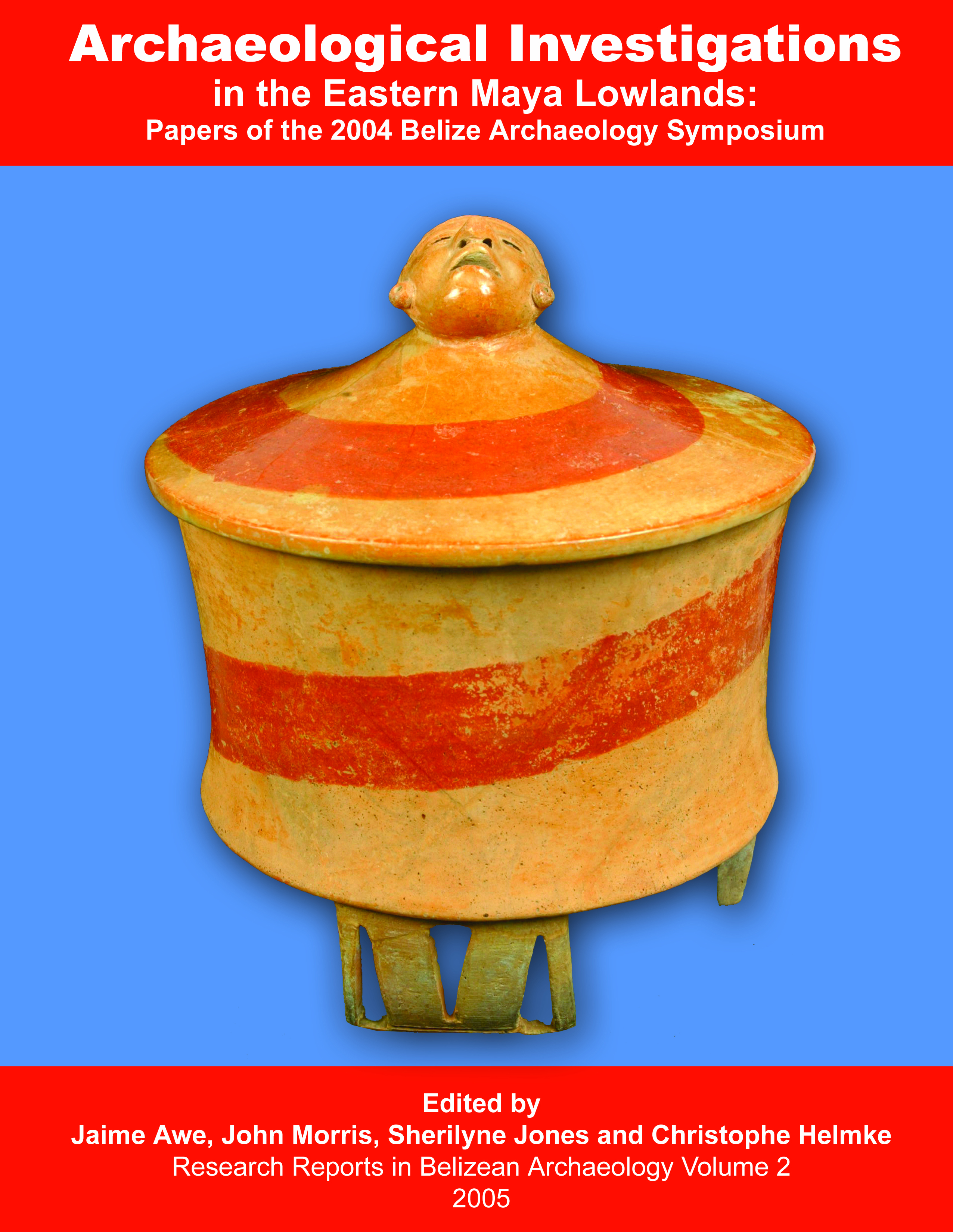Abstract
Reconnaissance and excavations performed by the Formalized Landscapes Project within the Programme for Belize lands in northwest Belize, during 2003-2004 reveals the diversity of ancient Maya settlement over areas including the Rio Bravo and La Lucha escarpments. Over 35 structure groups were surveyed and mapped along with a variety of landscape modifications such as ramps, terracing, levelled infields, drainages, and other water management features. Excavations found extensive occupation during the Late Classic (ca. 600-800A.D.) to Terminal Late Classic (ca. 800-900 A.D.) Certain building groups also had evidence of Early Classic (ca. 250-600 A.D.) occupation, one of the issues that we will return to investigate further. The diverse array of buildings and features, the complexity of their arrangement and the density of ancient Maya land use in this region resists traditional typological classification. Where the elements of community, economy, politics, ideology, and environment are numbered among the many variables to be included, these circumstances have encouraged us to think in terms of a highly complex cultural landscape, the settlement patterns of which exist as multiple continua of variation. These continua in turn disclose the plurality of social and political economic hierarchies that were present in ancient Maya society.
Publication Type
- Article



